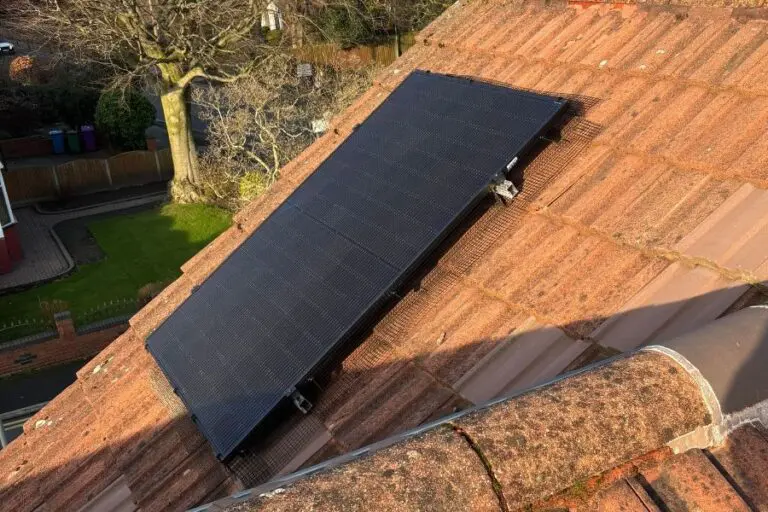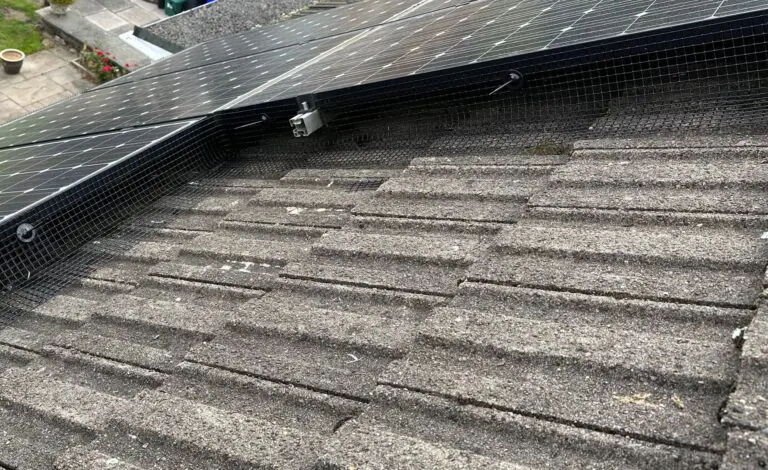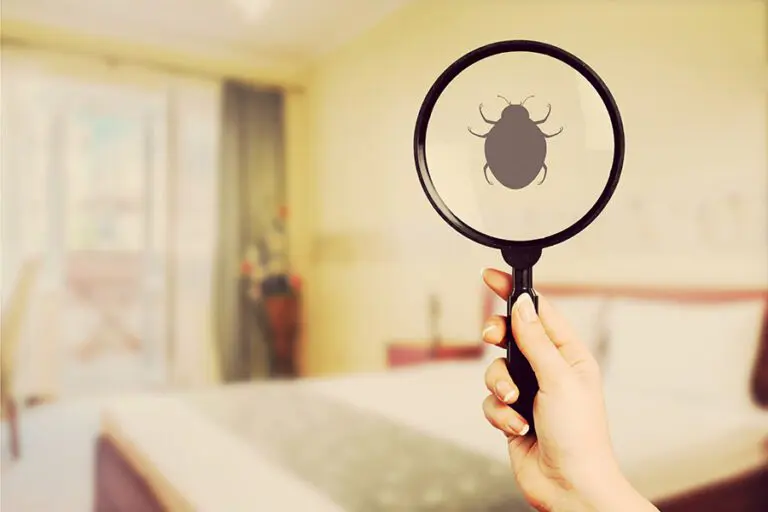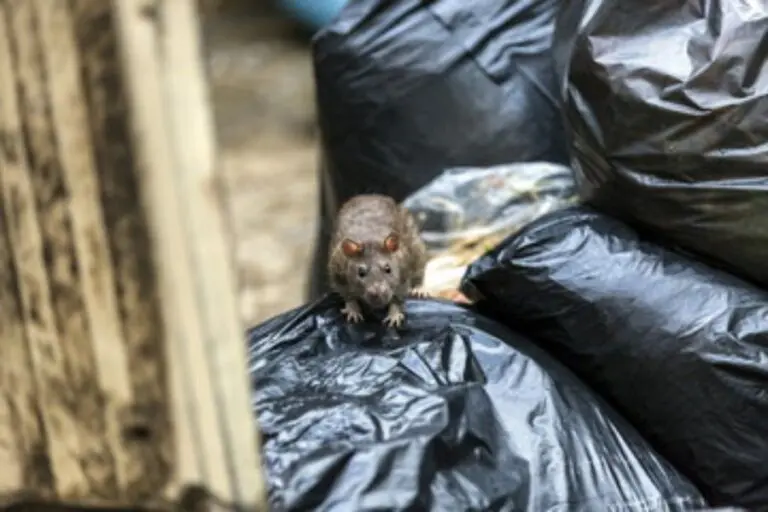Cockroaches: A Guide to Managing These Pests
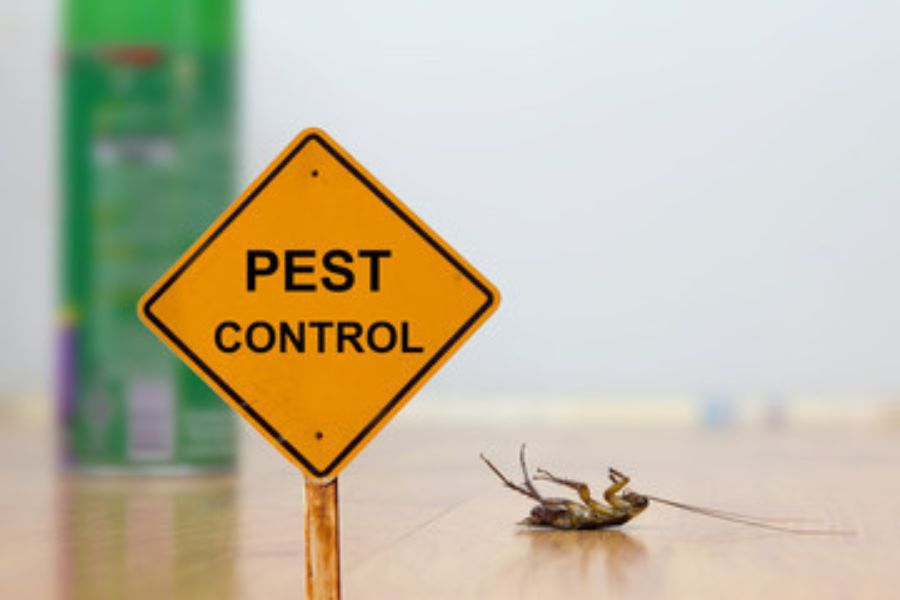
Cockroaches have an infamous reputation as one of the most challenging pests to control and eliminate. Not only do they thrive in environments from warm, tropical regions to temperate cities worldwide, but they are also incredibly resilient, adaptable, and notoriously elusive. In this comprehensive guide, we will explore everything there is to know about cockroaches, including their behaviour, preferred habitats, health risks, and detailed strategies for effective cockroach control.
Cockroach Control in Residential and Commercial Environments
Introduction to Cockroaches
Cockroaches are far from just a nuisance but a genuine health and hygiene concern. Known for their adaptability, cockroaches have evolved to thrive in human environments, finding food, water, and shelter in our homes, businesses, and waste disposal areas. Cockroach control is not only about eliminating visible insects but also involves taking steps to ensure they do not return. Effective cockroach control is crucial for maintaining a clean, safe, and healthy environment.
Types of Cockroaches and Their Identification
Understanding the different species of cockroaches is a key step in effective pest management. Each species has unique characteristics that make identification and treatment more effective. In most urban settings, the three primary species encountered are:
German Cockroach: Small (about 1-1.5 cm), light brown, with two distinctive dark stripes on their pronotum. Known for their rapid reproduction, they prefer warm, moist environments and are commonly found in kitchens and bathrooms.
American Cockroach: Larger, reddish-brown, with a yellowish figure-eight marking on their pronotum. These cockroaches are drawn to warm, damp areas such as basements, drains, and ample storage facilities.
Oriental cockroaches: Often shiny and dark brown to black, Oriental cockroaches are typically found in more relaxed, damp areas like basements, drains, and outdoor spaces. Known as “water bugs,” they are less prevalent indoors but can invade during warmer seasons.
Correctly identifying the cockroach species is vital in developing a targeted control strategy, as each species has specific behaviours and preferred habitats.
Cockroaches in the UK: Scope of the Problem
While cockroach infestations are more common in warmer climates, they are still prevalent in various parts of the UK, especially in urban areas with dense populations and numerous food sources. Cockroach infestations can disrupt households, contaminate food, and negatively impact business reputations. Proper cockroach control in the UK often involves using professional pest management to address infestations, particularly in areas like London, Manchester, and Birmingham, where cases are more frequent. Professional pest management is crucial as it ensures the use of effective and safe methods, and it can provide ongoing monitoring and prevention to avoid future infestations.
Health Risks and Diseases Carried by Cockroaches
One of the primary concerns surrounding cockroach infestations is the potential for disease transmission. Cockroaches carry various bacteria, viruses, and pathogens on their bodies, which can contaminate food, surfaces, and air. The most common health risks associated with cockroaches include:
Salmonella: Linked to food poisoning and gastrointestinal illnesses, cockroaches can transmit Salmonella after contact with contaminated areas.
E. coli: Known to cause abdominal cramps, diarrhoea, and vomiting, E. coli can spread through cockroach droppings and contaminated surfaces.
Asthma and Allergy Triggers: Cockroach allergens are a significant concern, especially in households with individuals prone to allergies and asthma. Proteins in cockroach saliva, shed skin, and droppings can trigger respiratory issues, coughing, and other allergic symptoms.
Cockroach control is essential for reducing the risks of illness and maintaining a hygienic living and working environment.
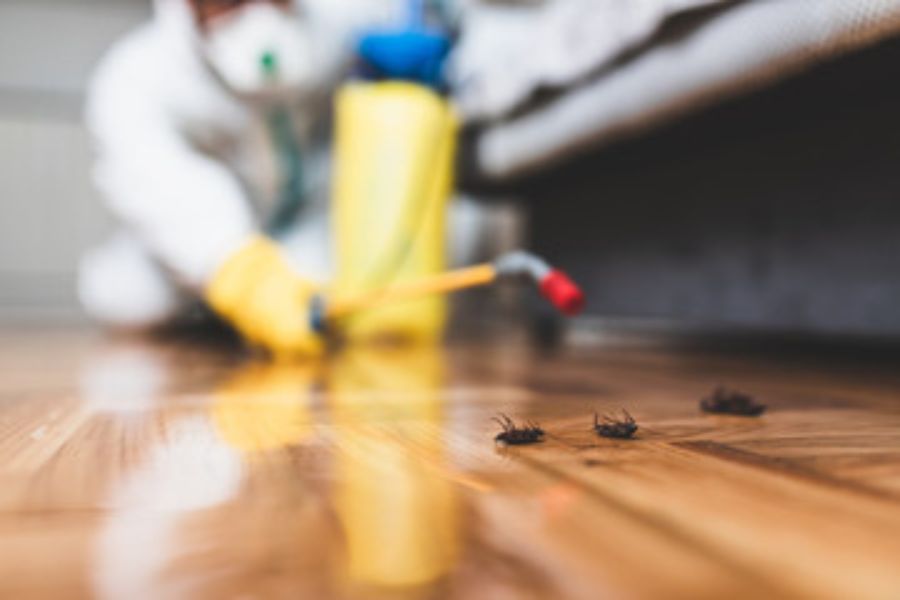
Cockroach Reproduction and Life Cycle
The cockroach’s ability to reproduce rapidly and their resilience at the nymph stage make control challenging. A single female can lay hundreds of eggs in her lifetime, and the nymph stage is exceptionally resilient as cockroaches develop and mature into adults. Their rapid maturation rates mean infestations can grow quickly without intervention, highlighting the need for proactive cockroach control.
The nymph stage is exceptionally resilient as cockroaches develop and mature into adults. They shed their exoskeleton multiple times, allowing them to grow while remaining hidden in secluded areas. Their rapid maturation rates mean infestations can grow quickly without intervention, highlighting the need for proactive cockroach control.
Prevalence in Urban vs. Rural Areas
Urban environments provide ideal conditions for cockroach survival, including access to food, water, and shelter. Although cockroach populations in rural areas tend to be lower, they can still be problematic around farms, barns, and outdoor food sources. In cities, the crowded living conditions, food waste, and abundant water sources create perfect breeding grounds, making urban areas more prone to infestations. This prevalence underlines the importance of diligent cockroach control, especially in densely populated regions.
Structural and Property Damage Caused by Cockroaches
Though cockroaches are not as destructive as termites, they can still cause noticeable damage to property. Cockroaches chew on organic materials, including:
Books, Cardboard, and Paper: Cockroaches can nibble through books, important documents, and cardboard boxes.
Clothing and Fabrics: Fabric damage can occur when cockroaches chew on natural fibres.
Food Packaging: Cockroaches contaminate food and food packaging, posing significant health risks.
Cockroach control is necessary in commercial spaces, especially those in the food industry, to maintain product quality and prevent financial losses.
Adaptability and Survival Tactics of Cockroaches
Cockroaches are masters of adaptation. They can survive for weeks without food, though they require water regularly. They are also highly resistant to certain chemicals, complicating cockroach control efforts. Cockroaches can flatten their bodies to fit into narrow crevices, helping them evade detection and resist control measures. This resilience has enabled cockroaches to thrive even in sterile conditions, making thorough and persistent cockroach control strategies essential to prevent infestations.
Allergic Reactions and Health Risks from Cockroach Allergens
Allergens produced by cockroaches are significant health concerns, especially in densely populated areas with common infestations. Cockroach allergens are particularly problematic for those with asthma, leading to increased symptoms and respiratory issues. Reducing allergen exposure is a priority in effective cockroach control, as allergenic proteins can accumulate in carpets, bedding, and furniture, even after an infestation is eliminated.
Cockroach Control in Residential and Commercial Environments
To prevent infestations, cockroach control strategies are essential in homes and businesses. Here are some crucial steps for effective cockroach control:
Sanitation and Hygiene: Regular cleaning, especially in kitchens, bathrooms, and dining areas, is essential. Food scraps, grease, and unsealed containers attract cockroaches, so maintaining a clean space is critical.
Exclusion and Entry Point Sealing: Closing off entry points such as gaps, cracks, and vents can help prevent cockroaches from entering. Installing mesh covers over vents and sealing cracks around windows and doors can limit access.
Monitoring and Trapping: Sticky traps in high-risk areas, such as behind appliances and storage spaces, can help detect cockroach activity early. Monitoring helps assess infestation levels and identify where cockroach control efforts are most needed.
Professional Pest Control Services: Professional pest control services are recommended for severe infestations. Through integrated Pest Management (IPM), a holistic approach combining various control techniques, experts can access effective treatments and provide long-term cockroach control.
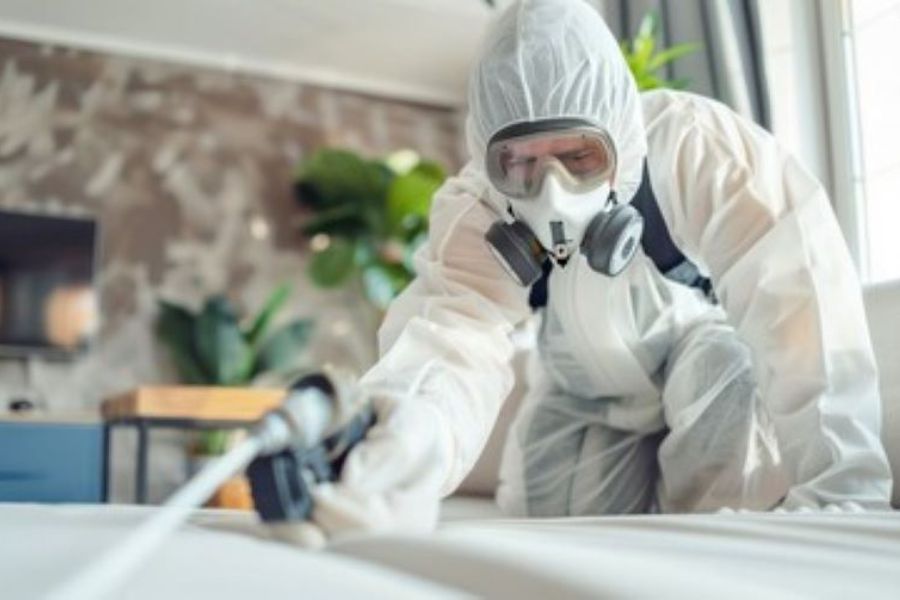
What do cockroaches eat?
Cockroaches are scavengers and consume many organic materials, including decaying matter, crumbs, grease, and paper. This versatility in diet allows them to survive in various environments, making cockroach control a critical task in maintaining a clean home.
How long do cockroaches live?
The lifespan of a cockroach varies by species and environment, generally ranging from six months to a year. With access to food and water, certain species can live up to three years, underscoring the need for continuous cockroach control.
Can cockroaches fly?
Some cockroach species can fly, though flight capabilities vary. For instance, American cockroaches can glide, while German cockroaches lack flight ability.
Are cockroaches nocturnal?
Cockroaches are primarily nocturnal, making them harder to detect during the day. Their preference for darkness necessitates night-time inspections and monitoring as part of effective cockroach control.
Cockroach control is critical to maintaining a healthy and comfortable environment, whether at home or in a business setting. With their adaptability, rapid reproductive rates, and health risks, cockroaches pose serious concerns that must be addressed through proactive and consistent efforts. Understanding their behaviours, preferred habitats, and survival strategies enables us to implement targeted and effective cockroach control measures, ensuring these resilient pests remain at bay.
Whether dealing with a current infestation or taking preventive steps, a well-rounded cockroach control strategy incorporating sanitation, exclusion, and professional help can help create and sustain a clean, safe, and pest-free environment.

